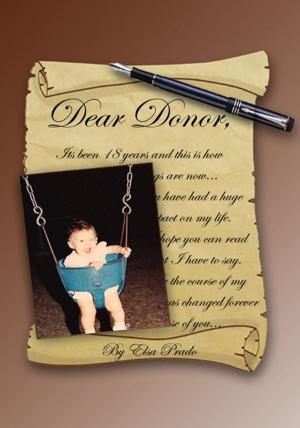Stories of the Liberation Struggles in South Africa
Mpumalanga Province, Part Ii
Nonfiction, Social & Cultural Studies, Political Science| Author: | Prof. Thabo Israel Pudi | ISBN: | 9781503518230 |
| Publisher: | Xlibris US | Publication: | December 12, 2014 |
| Imprint: | Xlibris US | Language: | English |
| Author: | Prof. Thabo Israel Pudi |
| ISBN: | 9781503518230 |
| Publisher: | Xlibris US |
| Publication: | December 12, 2014 |
| Imprint: | Xlibris US |
| Language: | English |
The Stories of the Liberation Struggles in South Africa: Mpumalanga Province Book II is a continuation of the Stories of the Liberation struggle stories (from Book I) as told by the people of South Africa about their experiences and contributions to the ultimate victory over oppression, domination, and apartheid. Many books and documentaries and even other forms of media, when discussing the liberation struggles in South Africa, have focused on stories or experiences as told by well-known individuals. This, to some extent, has created an impression that the struggle was fought by known individuals and leaders, and it is only the known individuals and the leadership that have experienced the wrath of the police, the army or the might of the South African regime. In actual fact, the truth is that the leadership was there to fuel and to organize the struggle and the masses. Out of spontaneity and the resistance to oppression, the struggle was automatically born. In this book and Part II, the contributors tell of stories about the struggle that they witnessed or have affected them directly. Apartheid and oppression was in actual fact against all nonwhite people and not only against leaders. The foot soldiers or people on the ground who waged the real battles when they destroyed targets and defied the state of emergencies and survive teargas and gunshots are the ones that will tell stories that even the so-called leaders will have to hear and learn from them. Some of the storiesthe stories of bravery, the stories of sacrifice, the stories of escape and the stories of resistance against the forces that were intend on undermining the human dignity of the black masses will be heard for the first time by some of the leadership that are still alive. Suffice it to say that the reason is that the media reporting has been biased against these individuals who may have been perceived to be nobodies. As is evident in this book, they may be nobodies, but the stories that they tell are worth the while. It is indeed true that every story has more than one side: the side told by the leadership, the side told by the media (which, in many instances, are driven by sensation or allegiance to the leadership), and the side told by the others. I marvel at the words of the wise that there are three sides to each story: side of the story, the other man side of the story, and the true version of the story. This book is not about to judge as to which side of the story is true or appropriate but to make available a platform from which even the unknown will have to tell their own stories about their suffering and the liberation struggles in South Africa. Is it not better to read the stories from those who have experience of them rather than those who heard about them?
The Stories of the Liberation Struggles in South Africa: Mpumalanga Province Book II is a continuation of the Stories of the Liberation struggle stories (from Book I) as told by the people of South Africa about their experiences and contributions to the ultimate victory over oppression, domination, and apartheid. Many books and documentaries and even other forms of media, when discussing the liberation struggles in South Africa, have focused on stories or experiences as told by well-known individuals. This, to some extent, has created an impression that the struggle was fought by known individuals and leaders, and it is only the known individuals and the leadership that have experienced the wrath of the police, the army or the might of the South African regime. In actual fact, the truth is that the leadership was there to fuel and to organize the struggle and the masses. Out of spontaneity and the resistance to oppression, the struggle was automatically born. In this book and Part II, the contributors tell of stories about the struggle that they witnessed or have affected them directly. Apartheid and oppression was in actual fact against all nonwhite people and not only against leaders. The foot soldiers or people on the ground who waged the real battles when they destroyed targets and defied the state of emergencies and survive teargas and gunshots are the ones that will tell stories that even the so-called leaders will have to hear and learn from them. Some of the storiesthe stories of bravery, the stories of sacrifice, the stories of escape and the stories of resistance against the forces that were intend on undermining the human dignity of the black masses will be heard for the first time by some of the leadership that are still alive. Suffice it to say that the reason is that the media reporting has been biased against these individuals who may have been perceived to be nobodies. As is evident in this book, they may be nobodies, but the stories that they tell are worth the while. It is indeed true that every story has more than one side: the side told by the leadership, the side told by the media (which, in many instances, are driven by sensation or allegiance to the leadership), and the side told by the others. I marvel at the words of the wise that there are three sides to each story: side of the story, the other man side of the story, and the true version of the story. This book is not about to judge as to which side of the story is true or appropriate but to make available a platform from which even the unknown will have to tell their own stories about their suffering and the liberation struggles in South Africa. Is it not better to read the stories from those who have experience of them rather than those who heard about them?















